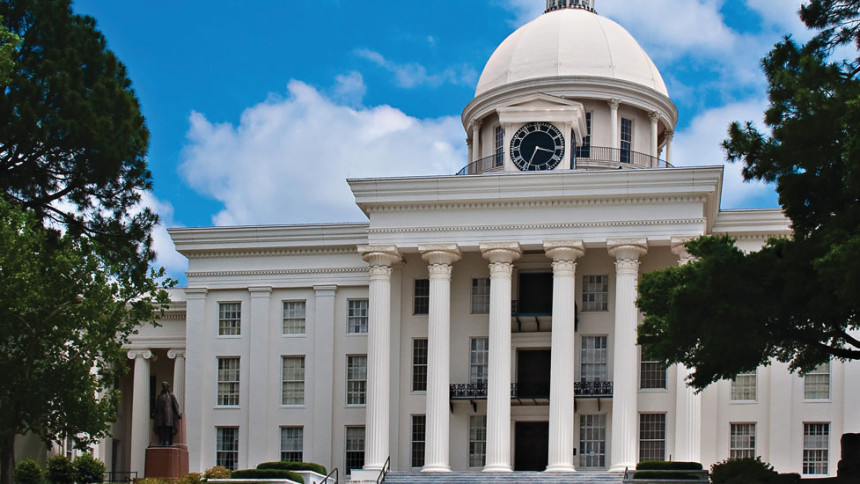The city of Montgomery, located on the Alabama River, is the capital of Alabama and, after Birmingham, is the second-largest city in the state. Incorporated in 1819, it became the state capital in 1846 and in February 1861, was selected as the first capital of the Confederate States of America. During the mid-20th century, Montgomery was a major site of events in the African-American Civil Rights Movement, including the Montgomery Bus Boycott and the Selma to Montgomery march. Montgomery is home to several public and private colleges/universities, high-tech manufacturing and cultural attractions such as the Alabama Shakespeare Festival and the Museum of Alabama. Montgomery has won several national awards including being voted Best Historic City by USA Today and being named an All-America City in 2014 by the National Civic League. African Americans in Montgomery nurtured the modern civil rights movement: on December 1, 1955, Rosa Parks was arrested for refusing to give up her bus seat to a white man, sparking the Montgomery Bus Boycott; Martin Luther King, Jr., then the pastor of Dexter Avenue Baptist Church, and E.D. Nixon, a local civil rights advocate, founded the Montgomery Improvement Association to organize the boycott.
Montgomery is located within close proximity to three other historic cities: Birmingham, Selma and Tuskegee. In 1963, on a quite Sunday morning in Birmingham, four little girls were killed when the 16th Street Baptist Church was bombed; nearly thirty years later, the Birmingham Civil Rights Institute opened its doors directly across the street from that very church and now houses artifacts from the bombing and other aspects of the Civil Rights Movement. Selma, Alabama, best known in Alabama’s history for 1965’s “Bloody Sunday” confrontation at the infamous Edmund Pettus Bridge, is also the location of the Voting Rights Museum and Brown Chapel A. M. E. Church. Tuskegee, Alabama, home to the Tuskegee Airmen National Historic Site and the Tuskegee Institute, was the location of the primary flight training facility used by the U.S. military to create the first squadron of pioneering African American pilots (also known as the Red Tails) put into service during the Second World War.
